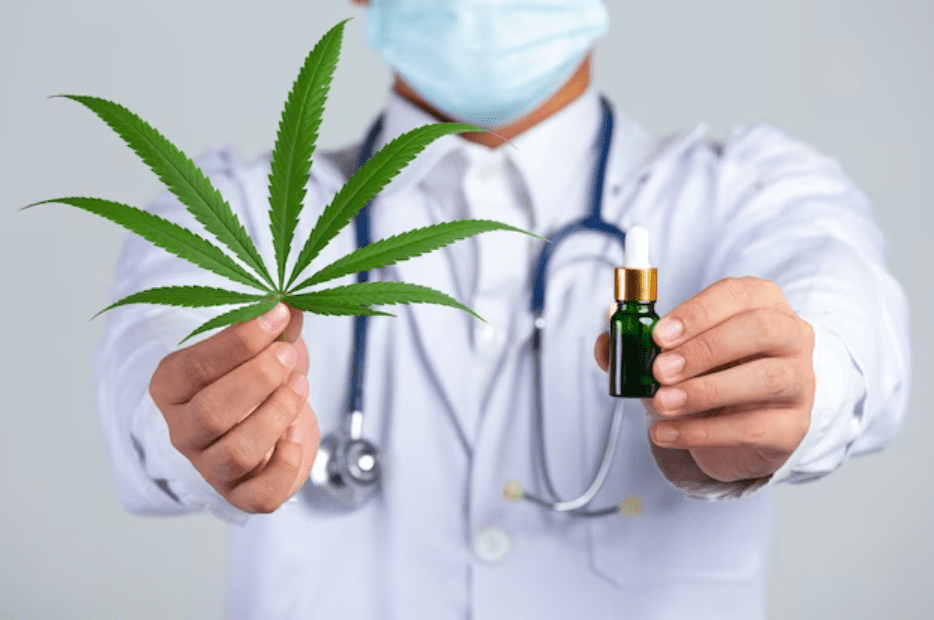1986: “Marijuana may have greater therapeutic potential”

1986: Marijuana may have greater therapeutic potential. In a comprehensive 1986 article in the Pharmacological Review, titled Health Aspects of Cannabis, Leo Hollister of the Stanford University School of Medicine concluded that “compared with other licit social drugs, such as alcohol, tobacco, and caffeine, marijuana does not pose greater risks. Hollister concluded:
“Marijuana seems firmly established as another social drug in Western countries, regardless of its current legal status. Patterns of use vary widely. As with other social drugs, the pattern of use is critical in determining adverse effects on health. Perhaps the major area of concern about marijuana is among the very young. Using any drug on a regular basis that alters reality may be detrimental to the psychosocial maturation of young persons. Chronic use of marijuana may stunt the emotional growth of youngsters.”
Deleterious effects of marijuana
“Evidence for an a motivational syndrome is largely based on clinical reports; whether marijuana use is a cause or effect is uncertain. A marijuana psychosis, long rumored, has been difficult to prove. No one doubts that marijuana use may aggravate existing emotional disorders. Brain damage has not been proved. Physical dependence is rarely encountered in the usual patterns of social use, despite some degree of tolerance that may develop. The endocrine effects of the drug might be expected to delay puberty in prepubertal boys, but actual instances have been rare.
As with any material that is smoked, chronic smoking of marijuana will produce bronchitis; emphysema or lung cancer have not yet been documented. Cardiovascular effects of the drug are harmful to those with pre existing heart disease; fortunately, the number of users with such conditions is minimal. Fears that the drug might accumulate in the body to the point of toxicity have been groundless. The potentially deleterious effects of marijuana on driving ability seem to be self evident; proof of such impairment has been more difficult.
The drug is probably harmful when taken during pregnancy, but the risk is uncertain. One would be prudent to avoid marijuana during pregnancy, just as one would do with most other drugs not essential to life or wellbeing. No clinical consequences have been noted from the effects of the drug on immune response, chromosomes, or cell metabolites. Contamination of marijuana by spraying with defoliants has created the clearest danger to health; such attempts to control production should be abandoned.”
Marijuana may prove to have greater therapeutic potential
“Therapeutic uses for marijuana, THC, or cannabinoid homologs are being actively explored. Only the synthetic homolog, nabilone, has been approved for use to control nausea and vomiting associated with cancer chemotherapy. While little doubt remains that marijuana, THC, and nabilone are effective for this use, the advent of other drugs that are equally effective but with fewer adverse effects may make this use moot. Use of marijuana to reduce intraocular pressure in patients with glaucoma requires a feasible topical preparation of cannabinoids. Although some cannabinoids have analgesic activity, the abundance of new opioid analgesics with little dependence liability provides tough competition.
The use of marijuana as a muscle relaxant, though promising, has not yet been adequately studied. Clinical studies to establish the efficacy of cannabidiol as an anticonvulsant or to compare it with other anticonvulsants are still to be done. Other potential therapeutic uses, such as the treatment of bronchitis, asthma, insomnia, hypertension, abstinence syndromes, migraine, anorexia, and alcoholism, are most unlikely prospects.
Compared with other licit social drugs, such as alcohol, tobacco, and caffeine, marijuana does not pose greater risks. One would wonder, however, if society were given a choice based on current knowledge, whether these drugs would have been granted their present status of acceptance. Marijuana may prove to have greater therapeutic potential than these other social drugs, but many questions still need to be answered.”


 Hempshopper Amsterdam
Hempshopper Amsterdam 






